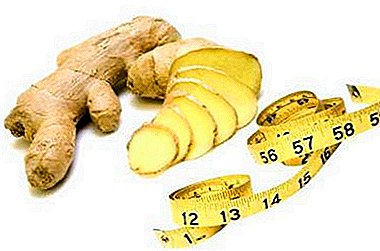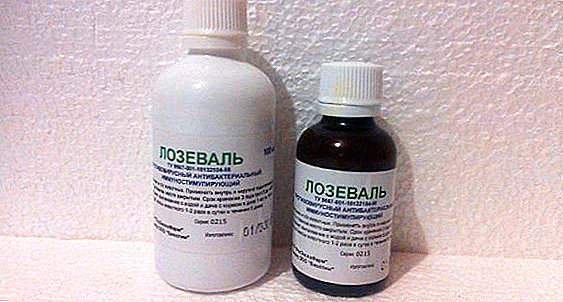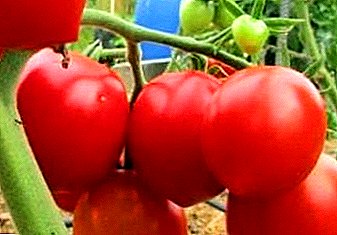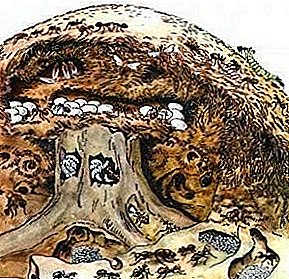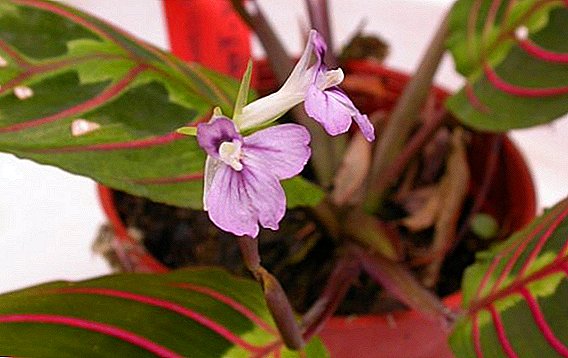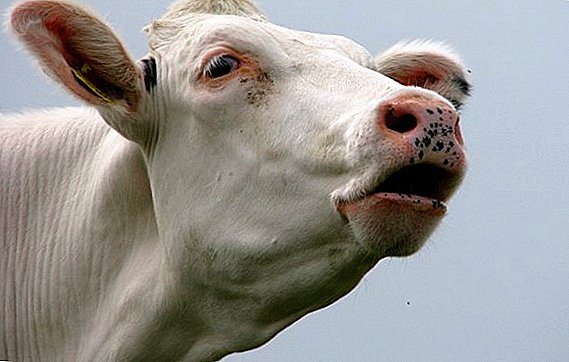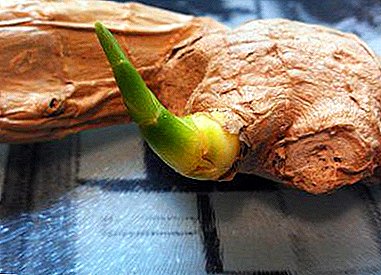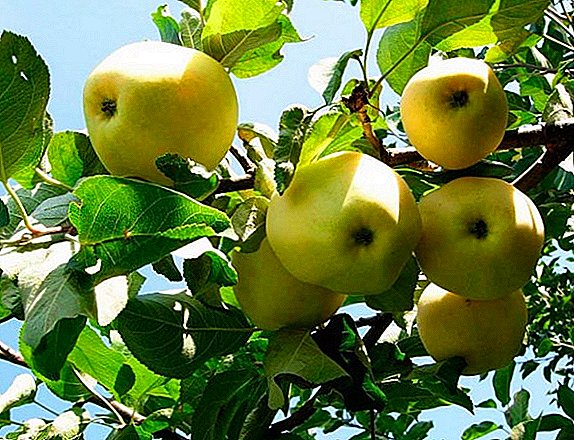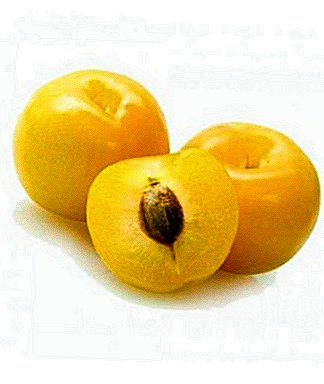
It is difficult to find a garden in which the plum would not grow, or rather plum, because any gardener is well aware that single plants, even with self-fertility, can show the maximum yield only in the case of a neighborhood with plums of the same variety, and even better - with plums of others varieties with simultaneous flowering.
Description of Firefly plum
We are accustomed to the fact that the plum for the most part has a characteristic blue-violet coloring of fruits, but, to our joy, the breeders do not sit idly and new interesting varieties appear, pleasing not only the variety of taste but also color.
So our variety was called "Firefly." It sounds even strange, but everything is for sure - yellow plum.
Plum variety "Firefly" has an average growth power, moderate branching and leaf density is not great. Large, up to forty five grams, round, yellow plums hang in plain sight, in all its glory.
The taste is not inferior to the appearance - plum sweet, juicy, the juice gives colorless, easily removed from the branch and loses the bone without any difficulty.
Given the high stable yield and winter hardiness, the variety is referred to as having no disadvantages.
A photo
In the photo plum "Firefly":




Variety selection
"Firefly" - a hybrid of varieties of Eurasia 21 and the Volga beauty, and he appeared in the VNII. I. V. Michurin, where they have long been engaged in the genetics and selection of horticultural fruit-bearing plants.
Planting and care
Svetlyachok plums interested you and you decided to plant them on your plot? This is greatly simplified if there are already plums growing in your garden and the period of their flowering coincides with the beginner. Surpelling mutually increases yields.
If it is important for you to match the seedling with a variety, do not buy the plant from random sellers, there is a possibility of a substitution.
Landing groundwater no closer than two meters is suitable for planting plums. Plants should not be placed too close to each other, good ventilation and sufficient illumination of the whole plant are necessary.
Plum "Firefly" has an average growth power and planting should be done according to the scheme: between plants in a row of three meters, between rows of four meters.
Planting pits are 70 cm wide by 70 cm and 50 cm deep. One hole will require a bucket of manure, a couple of handfuls of superphosphate, half a handful of potash fertilizers and a wood ash spade.
When planting, it is necessary to remember that the roots are evenly sprinkled, and the soil is compacted to avoid voids, the root neck should not be buried, the seedling is watered abundantly so that the water does not spread when watering, it is necessary to make a rim along the edge of the planting pit.
The soil is mulched with humus, peat or just dry soil.
 Young plants need constant care: watering as the soil dries out, loosening and weeding.
Young plants need constant care: watering as the soil dries out, loosening and weeding.
When the plants begin to bear fruit, and it will happen in the third or fourth year after planting, watering, in the amount of four or five buckets, should be carried out before flowering and during the formation of the ovary, and then in September.
Adequate rainfall watering cancels, to the delight of gardeners.
Organic fertilizers are applied once every three years, and mineral fertilizers - under the autumn digging, in the same quantities as during planting.
When the plants have become adults, near-stem circles are more convenient to litter and mow, without removing the mowed grass. Emerging green shoots need time to mow.
Meet the winter-hardy varieties of plums: Renklod collective farm, Renklod Soviet, Stanley, Egg blue, Sketch, Alenushka, Yellow Hopty, Skoroplodnaya.
Pruning
Plum is experiencing the first pruning following planting in the spring and this is the beginning of the formation of the future tree. It must be remembered that the plum needs to be pruned every year, when the tree is already formed - sanitary pruning is necessary.
The use of garden warrior to protect cuts and cuts necessarily.
Protection against diseases and pests
Young plants need to be protected from pests from the early spring whitewashing of the trunks, they can persist pathogens and pests. In adult plants, the bark is compacted, cracks appear in it and care for it requires more attention, the exfoliated and dead areas are cleaned to healthy bark or intact tissues.
Damage sites should be treated with a solution of copper or iron sulphate, and then with a garden pitch. Lichens and moss on the bark is not the place, they are scraped off, and the trunk is whipped.
In early spring, wakes up all wildlife and the army of pests as well. The first prophylactic treatment with insecticides should be carried out before flowering.as they say, on the green cone, the second after flowering, on the ovary.
There are a lot of preparations of the necessary direction, and the gardener will easily find the one that, in his opinion, suits more than others. All modern means of protection on the packaging have detailed instructions, and it is very important to strictly follow it.
Once a season, they spray the plum with Bordeaux liquid - this is a local preparation and spraying must be done carefully, without gaps, and the sheet on both sides, the greatest effect is seen when processing on the ovary.
With an interval of three to four years, plantings need to be treated with 3% of the composition of Nitrafen.
In the fall, fallen leaves are harvested and burned; they serve as a shelter for pests.
In winter, one should not forget about their plants, after snowfall the loose snow near the trunks needs to be trampled, preventing the construction of mice with moves leading to the young bark.
As the tree grows up, this threat disappears.
Plum varieties "Firefly" deserves special attention. By his exotic color and superb qualities it destroys our stereotypes - bright, sweet, productive, winter-hardy. This variety has a good future.


